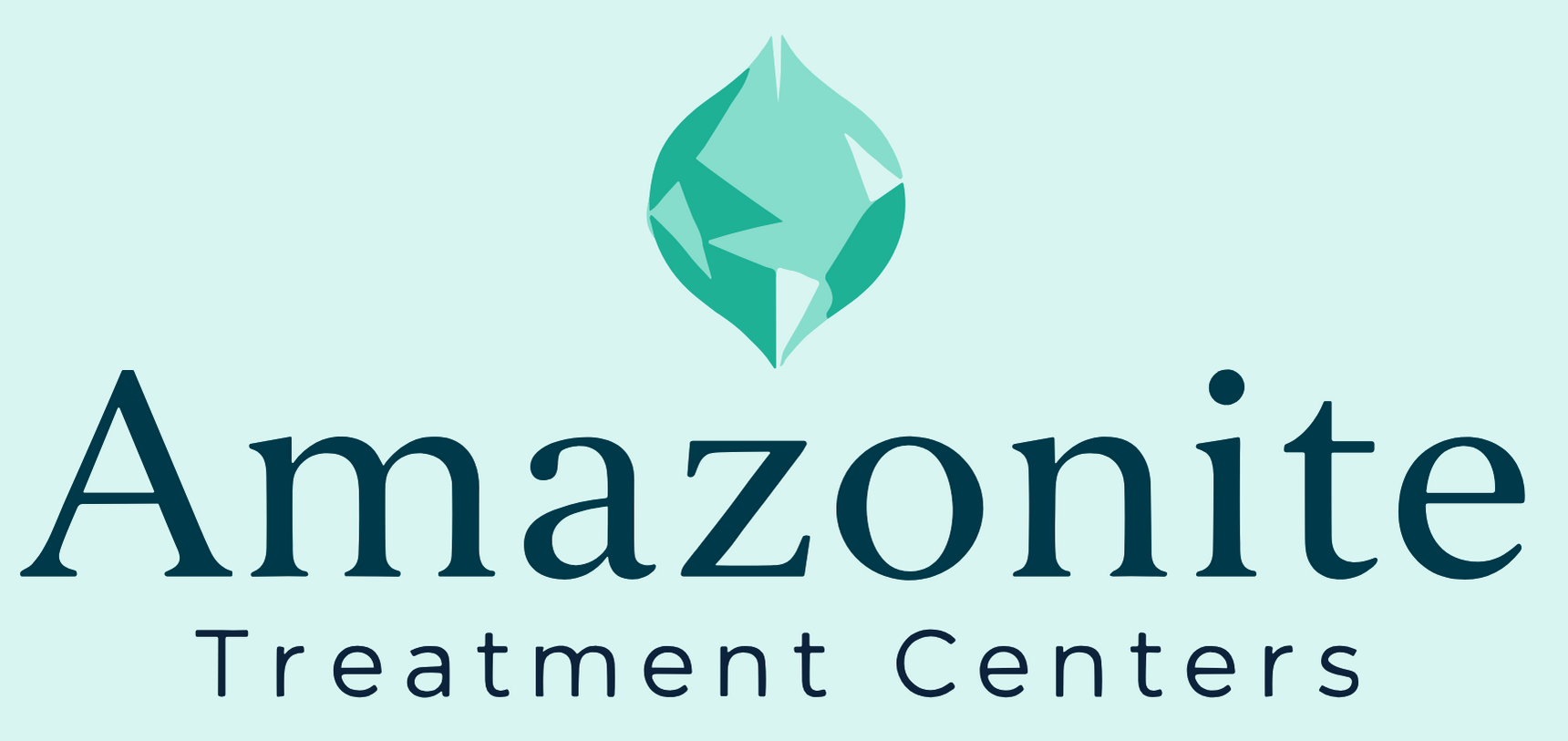TL;DR: Inpatient vs outpatient treatment comes down to safety, structure, and fit. Inpatient offers 24/7 stabilization and routine; outpatient offers flexibility and step-down continuity. We explain pros and cons, costs, and how Amazonite supports both paths.
Important note: Amazonite Treatment Centers is an inpatient program that addresses mental health only in conjunction with substance use. We also coordinate trusted outpatient referrals when a step-down level of care is appropriate. This guide helps you compare inpatient vs outpatient treatment so you can choose safely and confidently.
When Inpatient Makes Sense
Inpatient (residential) care provides 24/7 structure and medical oversight, helping you stabilize quickly. Consider inpatient if you’re experiencing high cravings, medical or psychiatric concerns, unsafe housing, or repeated slips. Research emphasizes that SUDs are chronic but treatable, with effective combinations of medications and behavioral therapies—often beginning in structured settings. See NIDA’s treatment overview. :contentReference[oaicite:2]{index=2}
When Outpatient Fits Better
Outpatient care supports recovery while you live at home. It works best when your environment is relatively stable and you can reliably attend sessions. Clinical guidance (e.g., ASAM criteria) helps match intensity to need—such as intensive outpatient (IOP) when you require more hours but not 24/7 care. See SAMHSA’s overview of the ASAM criteria. SAMHSA: ASAM Criteria. :contentReference[oaicite:3]{index=3}
Pros & Cons: Inpatient vs Outpatient Treatment
Inpatient (Residential) Pros
- Safety & stabilization: 24/7 support, medication monitoring, and a controlled setting.
- Faster routine reset: daily therapy, skills practice, balanced sleep and meals.
- Distance from triggers: structured environment with fewer high-risk cues.
Inpatient Cons
- Requires time away from home/work; device access may be limited.
- Higher up-front cost; insurance coverage varies (verify first).
Outpatient Pros
- Flexibility: continue work/school and family responsibilities.
- Real-world practice: apply skills in daily life and review weekly in therapy.
- Step-down continuity: ideal after residential to maintain momentum.
Outpatient Cons
- More exposure to triggers; requires strong self-management between sessions.
- Less supervision; medical or safety issues may require a higher level of care.
Costs & Coverage
Coverage depends on plan and level of care. We’ll help you understand benefits before you enroll. Start with Verify Insurance. If you have questions, our Admissions team can review options and timelines.
Amazonite’s Approach & Referrals
At Amazonite, our focus is immersive Residential (RTC) care designed for stabilization, skill building, and holistic recovery. When you’re ready to step down—or if outpatient is the right starting point—we coordinate outpatient referrals to keep your progress continuous. We also offer comprehensive Services and Programs to support your goals.
A Quick Safety Note
If opioids may be involved in your use, keep naloxone on hand and learn how to use it; it can reverse an opioid overdose when given in time. See CDC’s naloxone information. CDC: Lifesaving Naloxone. If anyone is in immediate danger, call your local emergency number; for emotional support anytime, contact the 988 Suicide & Crisis Lifeline. :contentReference[oaicite:4]{index=4}
Bottom Line
Choosing between inpatient vs outpatient treatment depends on safety, structure, and what will stick in your real life. When in doubt, start with the higher level that protects you now, then step down with a plan.
Let’s Choose the Right Level—Together
Start a confidential conversation with our team. Visit Admissions, check Verify Insurance, explore Residential (RTC), or Contact Us today.

